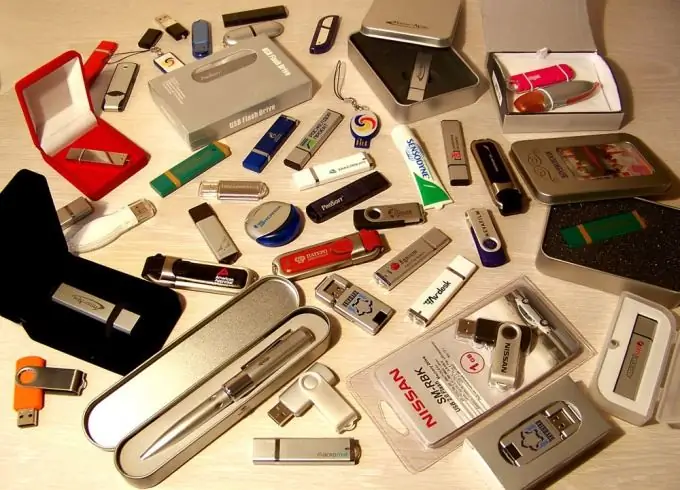Flash drives, like any other property of the organization that are not consumables, are subject to mandatory inventory and putting on the balance sheet. In order to identify each flash drive, you need to know its serial number.

Instructions
Step 1
A flash drive can have two serial numbers. The first serial number is the alphanumeric code that the manufacturer indicates on the body of the flash drive. To recognize it, take a flash drive and carefully examine it. The serial number is usually located on the back of the case, although sometimes it can be found on one of the internal elements of the flash drive. In this case, in order to find out the serial number, you will have to disassemble the flash drive. This serial number is not unique: the manufacturer marks all flash drives of the same model with this code. Therefore, if you need to assign a unique identification code to each flash drive, then you are better off using a second serial number.
Step 2
The second code, which can also be considered a serial number, is written in the software of the flash drive, if it was manufactured according to the specification (this is how most modern flash drives are produced). This number is called InstanceId and is unique for each flash drive (if the flash drive was not manufactured according to specification, InstanceId is generated by the operating system).
Step 3
To find out InstanceId, you need to go to the registry editor (open the Start menu - Accessories - Command line, in the window that appears, enter the command "regedit" and press "enter") In the registry editor on the left there will be a directory of folders - explorer. Using it, open the folders in this sequence: HKEY_LOCAL_MACHINESYSTEMCurrentControlSetEnumUSB. The last folder "USB" will contain a folder containing information about your flash drive. Opening it, you will see an alphanumeric, which will be the desired serial number.






